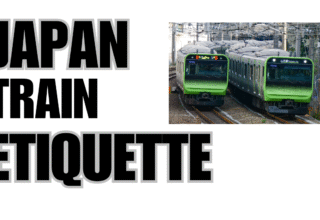
This is how the trains become sentient.
Given how incredibly efficient and complex Japan’s train system is, it’s easy to forget that just about every single train in Japan is still operated by a human conductor. However, it’s beginning to look like human-operated trains may soon go the way of coal locomotives because tests for a new “driverless” train system are scheduled to begin later this month on one of Japan’s busiest and most important train lines: Tokyo’s Yamanote Line.
Announced last week (Dec. 4), the test will take place after trains stop running on December 29 and 30, as well as on January 5 and 6 in 2019.
The Automatic Train Operation (ATO) system will be implemented into the Yamanote Line’s E235 trains. When engaged the system controls every aspect of the train’s movement, including its acceleration, cruising speed, and brakes.
In contrast with other autonomous train systems used in Japan which are only able to function according to pre-programmed schedules, the system being tested this time is designed to adapt to complications such as train delays and modifications to the schedule.
Aside from hoping to increase the efficiency of its trains through the successful implementation of this driverless system, JR is also looking to combat future shortages of personnel that will inevitably arise due to Japan’s aging and shrinking population.
Previous reports have noted that JR is also looking to make other train lines, such as the Tohoku Shinkansen (bull train), fully automated in the future. A firm date has yet to be revealed for when any of these train lines will make this transition.
Source: Norimono News, Response
Image: Wikipedia
Image: Wikipedia

















